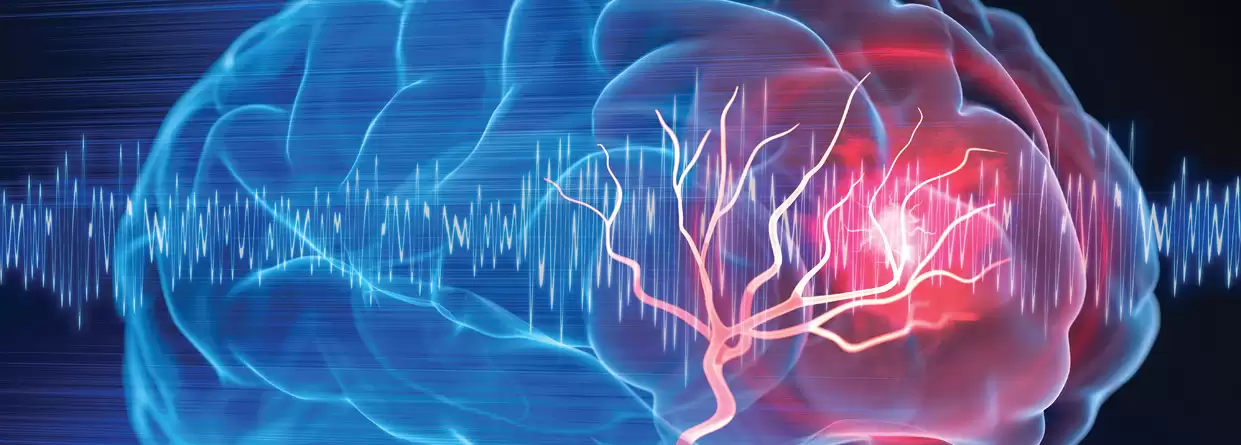
 Ambulance Services: 07340054470
Ambulance Services: 07340054470
Neurosciences | Posted on 03/12/2020 by RBH
The brain can aptly be called the control center of the human body. An essential internal organ, the brain is made of specialized cells known as neurons. These neurons are responsible for making the brain function properly, and this is only possible when these specialized cells or neurons get an ample blood supply. The blood supply to the brain is also assisted by cerebral arteries, which help in carrying oxygenated blood and other nutrients to the brain. For a brain to function effectively, there must be an uninterrupted supply of oxygenated blood.
However, sometimes blood supply to the brain may either decrease or get interrupted due to various reasons; and hampered blood supply to the brain may sometimes lead to a stroke. A stroke is a medical emergency, which means it requires immediate medical attention. Where most instances of strokes are caused or occur due to blockage in the arteries, which take oxygen-rich blood to the brain, sometimes strokes can also occur when a blood vessel in the brain ruptures or bursts. The way a stroke can affect you not only depends on the severity of the stroke but also depends on the part of the brain that it affects the most.
Symptoms of stroke can be experienced differently by different people. While some suffering a stroke may complain of severe headaches, in other cases, people may experience minimal or no pain at all. Since different parts of the brain are responsible for controlling different areas of the body; therefore, the body parts that are affected the most by a stroke, are the ones that are directly controlled by that area of the brain.
When a stroke occurs, the cells in the brain are deprived of oxygen. This deprivation of blood can either damage the brain cells or kill them altogether. Therefore, knowing the various symptoms and signs of a stroke is one of the leading steps toward managing and treating this health condition, which may turn fatal if not cared for. When any stroke occurs, prompt medical assistance must be sought to minimize the intensity of the damage. Also, the treatment will depend on the type of stroke that affects a person. It is essential to understand that if not diagnosed and treated on time, stroke can cause irreversible or permanent damage to the brain, which may sometimes lead to fatal medical conditions and also death in some instances.
Below are the symptoms of stroke, discussed in detail for timely diagnosis and treatment.
Both men and women can experience a stroke; however, statistics say strokes usually occur more in women, who are also at a high lifetime risk of it. There are various reasons that put women at an increased risk, and some of the reasons include taking birth control pills, preeclampsia, pregnancy, hormone replacement therapy, atrial fibrillation, and migraines with aura to name a few.
However, if a person can establish the signs and symptoms of stroke, it will go a long way in controlling the damage. Prompt diagnosis and treatment would mean lesser disability and better recovery. While experiencing a stroke, an individual may find it difficult to not only understand any conversations but also experience difficulty in talking. Apart from the inability to move a body part, strained facial expressions, and sudden confusion is some symptoms that are experienced by both men and women.
Specific symptoms of a stroke are different in men and women, as discussed below.
Here are some symptoms that are more prominent in men than women:
Women may experience certain symptoms that are usually not associated with stroke in men. Here are some of them:
It is often seen that the symptoms experienced by women may not be directly associated with stroke. This often poses to be a problem and may sometimes lead to a delay in receiving treatment.
Here are some symptoms that are common in both men and women:
It has been observed that men are more likely to exhibit more pronounced symptoms, which could be easily associated with a stroke than their female counterparts who are more likely to show lesser pronounced or non-traditional symptoms. Sometimes delay in interpreting the stroke symptoms can delay the treatment or lead to more health complications.
Not all kinds of strokes may pose life-threatening conditions or fatal complications. Therefore, it is essential to understand the difference between the various types of strokes to understand their implications in a better manner.
Following are the types of strokes that may occur due to various reasons:
This is one of the most common types of strokes that can affect people. An Ischemic Stroke can occur when plaque, also known as fatty deposits, gets collected in the arteries. This fatty deposit can lead to the narrowing of the arteries- a condition which is also known as atherosclerosis. Atherosclerosis leads to obstruction of blood flow to the brain, and this obstructed blood tends to pool up to result in blood clots. These blood clots are responsible for blocking the arteries.